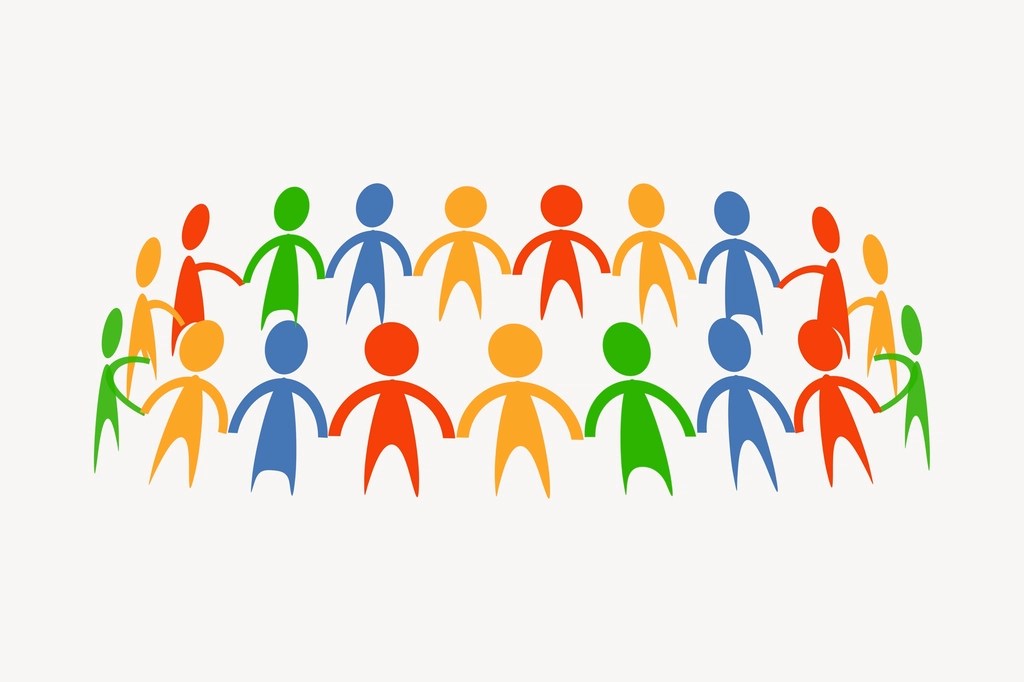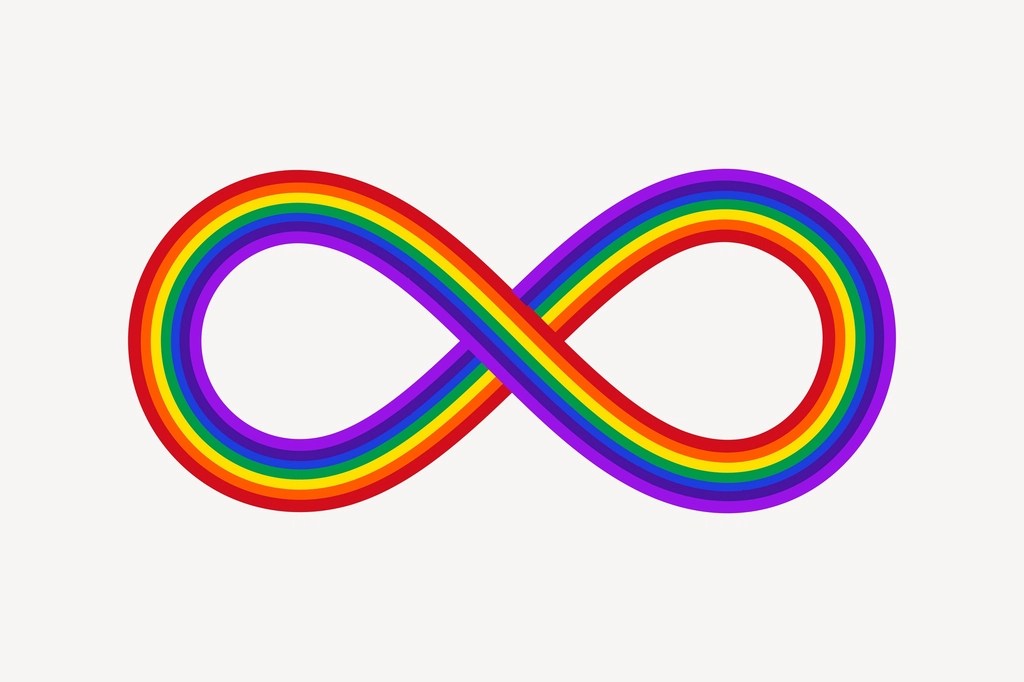I regularly hear people calling neurodivergent people “neurodiverse”, which is incorrect language, but an easy mistake to make. The language around this topic can be confusing, and I love that the word “neurodiversity” has entered society’s collective conversation, but I would love to see the correct language being used. It’s important that I make it clear that I don’t want to dissuade anyone from speaking about neurodiversity for fear of making a mistake. It’s okay to make a mistake! I simply hope that this article clears up any language confusion people might have.
What’s in this article?
Firstly, this article will explain what neurodiversity and neurodivergence mean.
Secondly, it will discuss how to use the correct language when referring to groups of people (neurodiverse, neurodivergent, neurotypical).
What is Neurodiversity?

| Neurodiversity = Neuro (Brains) + Diversity (Differences) |
Neurodiversity is the concept that the human race is made up of people with different types of brains, or neurotypes. Most people have neurotypical brains, but it is also natural and normal to have a brain that works differently to a neurotypical brain.
What is a Neurodivergent brain?
| Neurodivergent = Neuro (brain) + Divergent (differs from the norm) |
A neurodivergent brain is one that works differently to the more common, neurotypical brain. Some people call this “being wired differently”.
There are many different neurotypes that can make a person be neurodivergent, including Autism, ADHD, Dyslexia, Dyspraxia, Dyscalculia, etc.
Many neurodivergent people have more than one neurodivergent neurotype, e.g. a person might be Autistic and ADHD (which is often referred to as AuDHD), or ADHD and dyslexic etc.
Is it rare to be Neurodivergent?
Research has found that 1 in 10 people are neurodivergent (NIH, 2022), which shows that neurodivergence is not rare (but it is rarer than being neurotypical).
The correct language when referring to groups of people:

| A neurodiverse group is a group of people who have different neurotypes to each other i.e. more than one neurotype in the same group. |
Group 1: A group of people who are all the same neurodivergent neurotype = A neurodivergent group and NOT a neurodiverse group.
This is the most common group of people to be labelled incorrectly, in my opinion.
A group of people who are all neurodivergent, and have the same neurotype to each other, is a neurodivergent group. They are NOT a neurodiverse group, as there is no diversity of neurotypes within the group.
Examples:
- A group of all autistic people = a neurodivergent group.
- A group of all ADHD people = a neurodivergent group.
Group 2: A group with both neurotypical people + neurodivergent people = A neurodiverse group.
A group of people with different neurotypes to each other is called a neurodiverse group, even if there are neurotypical people in the group. This is because there is a diversity of neurotypes within the group.
Examples:
- A group of neurotypical people and ADHD people = a neurodiverse group
- A group of neurotypical people and autistic people = a neurodiverse group
Group 3: A group of people with more than one neurotype, but no neurotypical people = A neurodiverse group and/or a neurodivergent group.
If the people in the group have different neurotypes to each other, but are all neurodivergent, then this can be called either a neurodiverse group or a neurodivergent group.
Examples:
- A group of autistic people and ADHD people = A neurodiverse or neurodivergent group
- A group of ADHD people and Dyspraxic people = A neurodiverse or neurodivergent group.
Group 4: A group of all neurotypical people = A neurotypical group
A group of all neurotypical people is neither a neurodiverse nor a neurodivergent group. They are simply a neurotypical group.
References
NIH (2022) “Neurodiversity” Accessed on 6th June 2023 at https://dceg.cancer.gov/about/diversity-inclusion/inclusivity-minute/2022/neurodiversity

